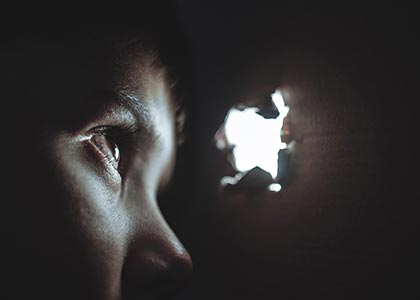10.25.18Thoughts on Creativity and the Arts From an Amateur

Learning to look is a big deal
I have no business writing about the arts. But my middle daughter is artistic. She draws and takes photographs. And watching her learn has led me to reflect on artistic creativity. I note that while I love the arts deeply and feel strongly about students getting access to serious instruction in them, I am a dilettante and an amateur. I claim no expertise. That’s my disclaimer; consider these remarks disclaimed.
What builds creativity? Knowledge
Many art classes my daughter has taken had over the years have stressed creativity and self-expression. “Create a drawing that is an expression of you,” might be a common assignment. What’s been most useful for her creativity though were a series of classes and lessons she took with two teachers who were very technical. They spent the least amount of time telling her to be creative and the most amount of time teaching her technical skills she could use to create. They taught her to look and to draw; they tried to develop her technique; they thought art was a discipline with a body of knowledge that should be learned with humility rather than merely an avenue for self-expression. These teachers transformed her.
One in particular would have her spend weeks on a drawing. She would let her draw for a while and then say: “The whites are not white enough and the darks are not dark enough. It should look like this.” Or: “The proportion is wrong. Erase and try again.” This was often hard for my daughter because she had spent hours on the drawing and it was pretty good. But for this teacher it was never about the drawing, this drawing. It was about 1) the ability to develop tools to draw accurately and 2) the fearlessness of being willing to erase. Interestingly she is perhaps the only art teacher my daughter has had who has thought there was such a thing as right and wrong in art.
And that was the game changer. The long-run result of her teaching was technical skill that has allowed my daughter to capture what she dreamed of–and to dream of doing more–in a thousand subsequent drawings. Knowledge of how to draw correctly. Skill at doing it. These things matter. Are they passed over for a thousand ‘express yourself’ assignments wherein the students have fewer tools with which to do that expressing.
What builds creativity? Constraints
My daughter has a photography teacher this year who I think is really strong. She has developed my daughter’s eye and her creativity immeasurably. Her secret? Very narrow assignments. One week the assignment was ‘benches and chairs.’ Given such a narrow and mundane focus my daughter had to think deeply about composition and light and angle. A week’s meditation on chairs and benches became a meditation on how to present them. Another assignment was fences, paths and boundaries. Same result. These themes–narrow, focused, requiring of reflection and study–have built her creativity more than something broader and more sweeping. My takeaway is that creativity blossoms most under constraint… which is just maybe the opposite of how most people approach it. They assume creativity will blossom when there are no rules. I suspect it’s more the former than the latter.

Any ideas you need to save and develop. The amount of information and tasks that a person of our time must solve is simply beyond the limits. That is why we quickly forget what we thought just a few minutes ago, including good ideas. Therefore, write down everything you think about and remember that criticism does not apply to your ideas. Let you have a notebook for interesting thoughts. So you, firstly, do not kill a good idea in the bud, secondly, even nonsense can be the key to solving your problem, and finally, having written down, you will formulate the idea clearly, be able to look at it from all sides, and therefore create the prerequisites for its development. And finally, if you work with the base of ideas all the time, they will appear more and more often. Since the notebook is not always close, so do not be lazy to first put the idea in the notes on your mobile. In the evening you will be able to open them and transfer everything to a notebook. If the mobile is out of reach, you can leave an anchor on the idea. For example, to correlate it with a bright picture in a magazine or sing it to the tune of a song. When you hear this song again, the idea will also pop up.